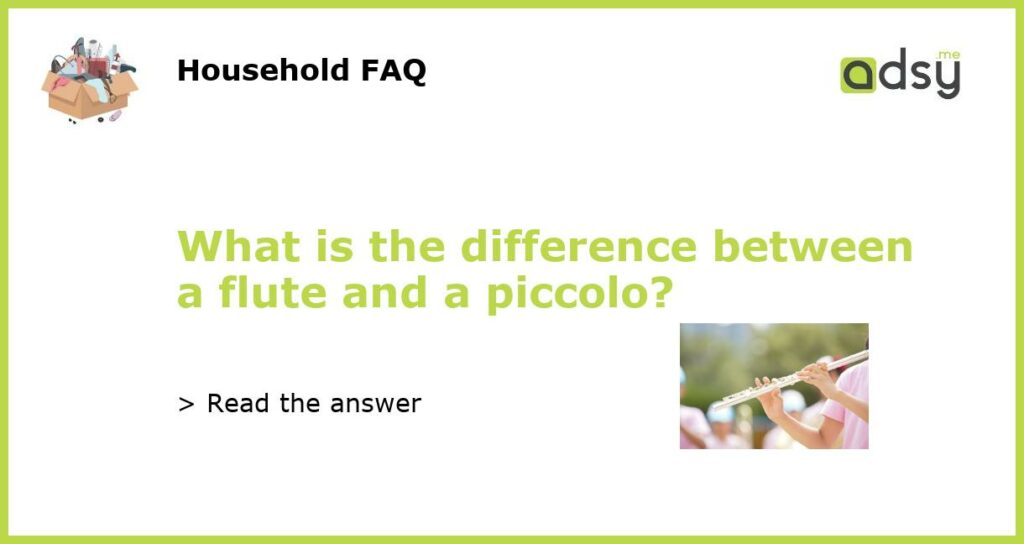The Basics: Understanding Flutes and Piccolos
Before delving into the differences between flutes and piccolos, it’s important to understand what each instrument is. The flute is a woodwind instrument played by blowing air across a hole in the instrument, creating a sound. On the other hand, the piccolo is a smaller version of the flute, producing higher-pitched sounds.
The Differences in Sound
While both instruments are in the woodwind family, their sounds are quite different. Flutes produce a rich, warm tone that can be heard in orchestras, bands, and solo performances. Piccolos, on the other hand, produce a much higher-pitched and piercing sound, often used to add a bright timbre to orchestras or as a solo instrument.
The Physical Differences
Aside from the difference in sound, flutes and piccolos also differ physically. Flutes are typically larger and longer, with a wider bore that produces a lower sound. Piccolos, on the other hand, are much smaller and shorter, often made of metal instead of wood, and produce a higher sound due to their narrower bore.
Applications in Music
The difference in sound between flutes and piccolos lends itself to different applications in music. Flutes, due to their warm and rich tone, are often used for slow and melodic pieces in orchestras, while piccolos are used for more upbeat and fast-paced pieces, adding a sharp accent to the overall sound of an orchestra.
While flutes and piccolos may be similar at a glance, their differences in sound and physical composition make them unique instruments with their own applications in the world of music. Whether you prefer the warm and rich sound of a flute or the sharp and piercing sound of a piccolo, both instruments have a place in the musical landscape.






